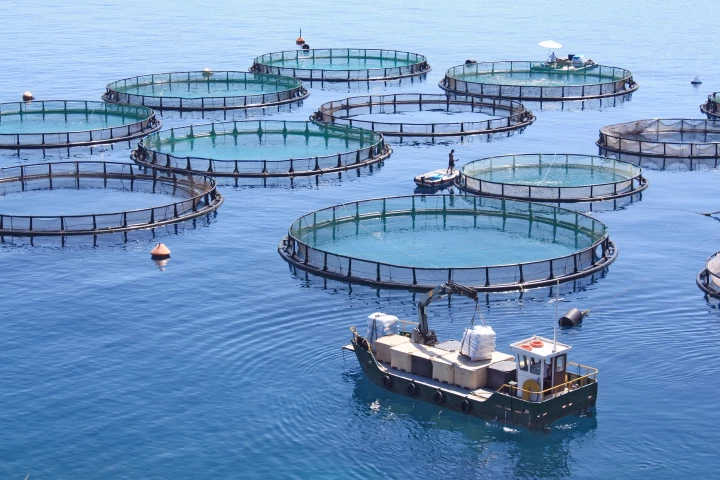Sonar
-
It's plenty easy to lose your bearings while scuba diving, which is why Garmin's new Descent S1 Smart Buoy could really come in handy. It helps submerged divers figure out where they are, plus it lets them communicate with their topside crew.
-
Two new technologies allow a single pair of glasses to track eye movements and read the wearer's facial expressions, respectively. The systems use sonar instead of cameras, for better battery life and increased user privacy.
-
Already armed with an impressive sonar system, new research reveals that dolphins have an extra ability that evolves as they mature in the area where their baby whiskers once were. The super sense may help them navigate and find hidden food sources.
-
Some people lack the power of speech, while others may find themselves in noisy settings where speaking voice commands out loud just won't work. Such folks might have use for the EchoSpeech glasses, which read their user's silently spoken words.
-
When we think of animals that work together to hunt prey, we typically think of creatures such as wolves or orcas. Common bats may soon be added to that list, as a new study suggests that they show each other where the tasty insects can be found.
-
Engineers at Cornell University have developed a new wearable device that can monitor a person’s facial expressions through sonar and recreate them on a digital avatar. Removing cameras from the equation could alleviate privacy concerns.
-
We all know that bats locate prey in the dark using echolocation, but … is that really all there is to it? Scientists decided to get more details on the animals' hunting process, by equipping them with tiny wearable computers.
-
It's important for fish farmers to keep track of the number of fish in their pens, but doing so involves going in and actually netting out some of the fish. According to new research, echo-sounding tech could soon serve as an easier alternative.
-
A Stanford team has demonstrated a unique system that can generate a strong sonar wave, and read and interpret the reflected signals, from an airborne platform. This raises the possibility of sonar-enabled drones that could finally map the sea floor.
-
Sperm whales use echolocation to search for prey in the dark ocean – so it makes sense that competing sounds could screw that process up. A recent study now indicates that even a new-and-improved type of manmade sonar does indeed cause problems.
-
Leonardo's ULISSES sonar system recently completed a live sea trial off the coast of Italy. By processing signals from up to 64 sonobuoys and dipping sensors, it was able to accurately locate multiple, simulated submarines.
-
Ultrasound technology might be about to get a whole lot more powerful. Researchers have developed an “ultra” ultrasound sensor that is so sensitive it can hear air molecules moving around or the vibrations of individual cells.
Load More











